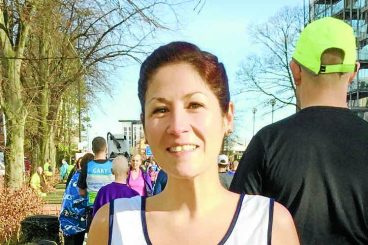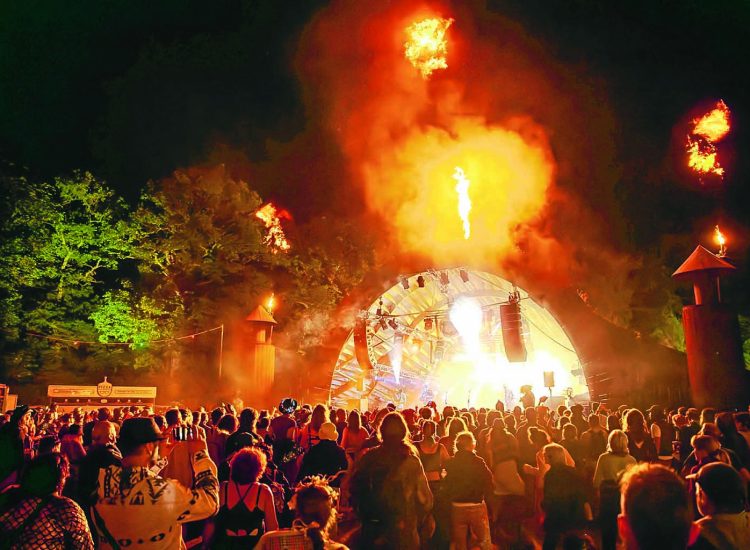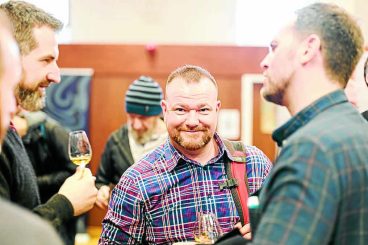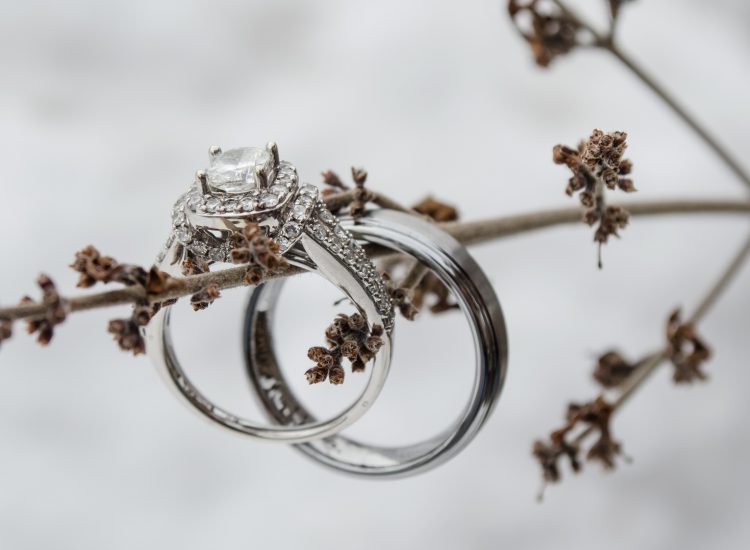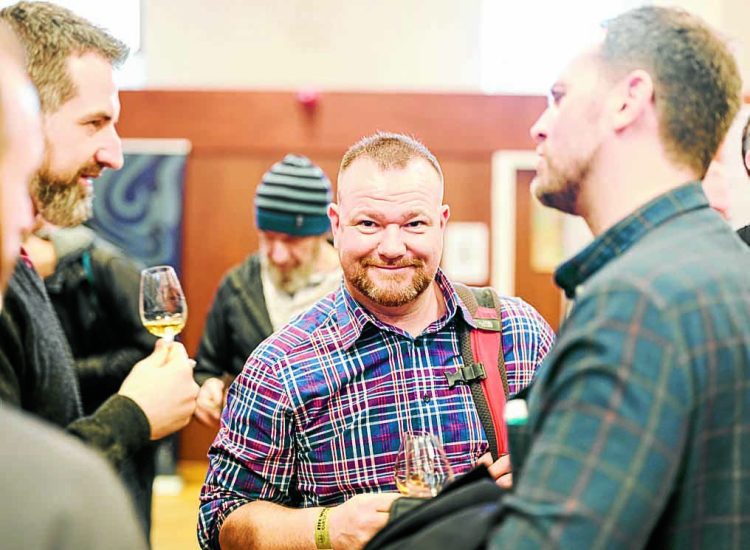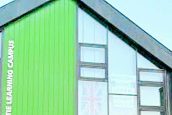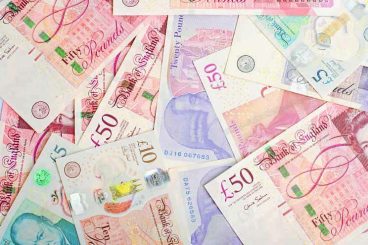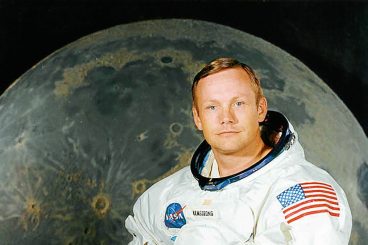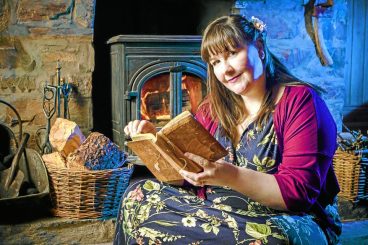David Rothwell addressed Rotarians about the ancient structure, starting with its original name as the Castle of Hoddomstanes.
David said: “Tradition suggests that this is because it was built with the stones of an earlier castle which stood on the opposite side of the river, possibly where Hallguards House stands. It’s more likely, however, that it takes its name from the land it occupies which, in a charter of 1573, is referred to as the forty-shilling land called Hodomestanis.
“It was built by John Maxwell, 4th Lord Herries, Master of Maxwell as a headquarters and military base to support his duties as Warden of the Scottish West March. Work began after 1563 when he was granted the land on which it stands by Archibald Menzies, preceptor of Trailtrow. Building was well underway by May 1565.
“With walls up to 2.74m, Hoddom is considered the largest and strongest castle of its period built in the Borders. Its position was of great strategic importance, the main invasion route into western Scotland being only 2.5 miles to the north-east.”
He explained that the castle’s importance was demonstrated after the defeat of Mary Queen of Scots at the Battle of Langside (27th May 1568). As a loyal supporter of Queen Mary, John Maxwell was ordered by the Regent Moray to surrender the principal Maxwell strongholds. He refused. Consequently, Moray led a military expedition to the West March, and on 20th June 1568, laid siege to Hoddom Castle. However, the castle surrendered, the defenders having been promised their lives would be spared if they left the castle intact. It was then delivered into the safe keeping of Douglas of Drumlanrig.
David continued: “Following this, the subsequent history is relatively uneventful and the castle passed through a number of hands until in 1877, Hoddom was bought by Edward Brook of Meltham Hall (near Huddersfield) who demolished most of the buildings to the north of the castle and built a vast new wing.
“There were extensive landscaped gardens with a menagerie of various animals and birds, including a bear and flamingos. The bases of some of the cages are still visible.
“In 1896 he bought Kinmount Estate from the Marquis of Queensberry. The castle ceased to be used as a main residence.
“In 1935, the castle became a youth hostel. Shortly after the outbreak of the Second World War, it was requisitioned by the War Office and occupied by a succession of military units.
“On 25 September 1947, the contents of the castle were sold and in 1953 the demolition of the south and west wings began.”
David added: “For a short time, part of the castle was used as an AI centre and the rings used to tether the bulls can still be seen in the Coach House bar.
“During the 1960s and early 70s some of the buildings were used to house cattle and a milking parlour.”
He then explained how in 1973 it was decided to turn the semi derelict buildings and overgrown grounds into a caravan park and nine-hole golf course. The buildings were converted into a warden’s house, shop, office, two bars, restaurant, laundry, toilets and showers, with the first caravans arriving in early June 1974.
He went on: “The Birkbeck family, who are descendants of Edward Brook, have continued to upgrade the site and introduce new facilities. “There are nature trails and footpaths that allow you to explore the area, no doubt Hoddom Castle will continue to evolve.”
He thanked Hoddom and Kinmount ranger Duncan Ford for his input and, in turn, David was thanked by Roger Claymore.






